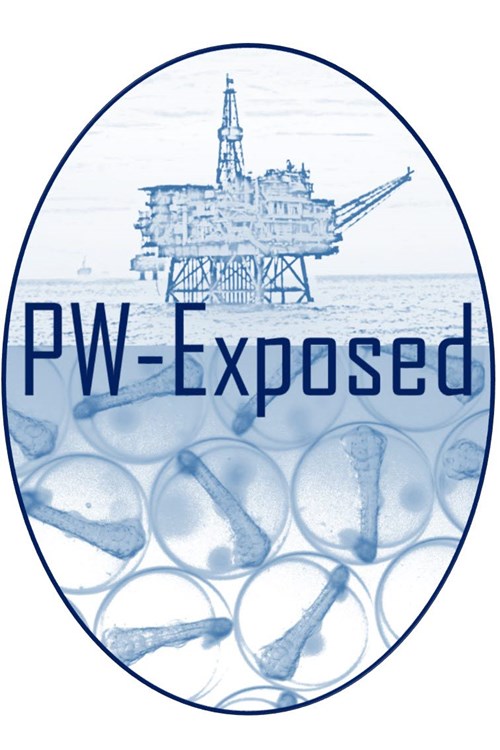About PW-Exposed
The PW-Exposed project addresses the urgent need identified to provide a detailed understanding of the chemical composition and toxicological impacts of the produced water (PW) routinely discharged from platforms along the Norwegian coast.
Project title
Produced water fractionation and advanced chemical and toxicological characterization using sensitive life stages of marine fish species (PW-Exposed)
Financing
Research Council of Norway, Division for Energy, Resources and the Environment, under the MARINFORSK programme.
Objectives
The primary objective of 'PW-Exposed' is to provide a science-based foundation for improved regulation and risk assessment for produced water discharges in the North Atlantic Ocean. In order to do this, three secondary objectives are highlighted:
- Combining recently established fractionation methods and HR-MS methodologies to fully characterize the major chemical component groups of representative PWs from the Norwegian shelf
- Use an expanded in vitro screening toolbox to identify the main drivers for PW toxicity and their potential involvement in different adverse outcome pathways (AOP)
- Validate the contribution from toxicity drivers to in vivo PW toxicity and phenotypically anchor and identify AOPs in early life stages of commercially important pelagic and benthic fish species
The project takes on this challenge by bringing together a consortium of experienced scientists that have the analytical and toxicological knowledge and instrumentation needed for this task.
Work packages in PW-Exposed
The project is divided into four interlinked work packages (WPs). By utilizing a combination of standard analytical techniques, sophisticated fractionation approaches and cutting-edge high-resolution chromatography and mass spectrometry, WP-1 will provide a thorough chemical characterization of PW. WP-1 will provide a series of PW fractions, which will be tested in WP-2 utilizing an expanded in vitro toxicity screening toolbox. This will specify which component groups are the main drivers for PW toxicity and their potential involvement in different adverse outcome pathways (AOPs).
Together, WP-1 and WP-2 will prioritize and select the most potent toxic fractions for the final toxicological investigations in WP-3. Here, in vivo exposure studies using embryos of both a pelagic (cod) and a benthic (lumpsucker) fish species will validate the contribution from toxicity-driving component groups at the organism level, phenotypically anchor and identify AOPs in fish life stages exposed to PW fractions.
WP-4 is devoted for administration, for coordinating dissemination, and furthermore to draw on experiences with previous and ongoing NFR projects working on similar topics. Three consortium workshops are planned to assist communication and exchange of results between WPs, and to communicate with relevant end users.
By directly engaging with key stakeholders such as oil companies and the Norwegian Environment Agency at these workshops, the data generated in the project will be used as a basis for improving current PW risk assessment approaches.
